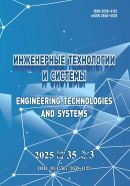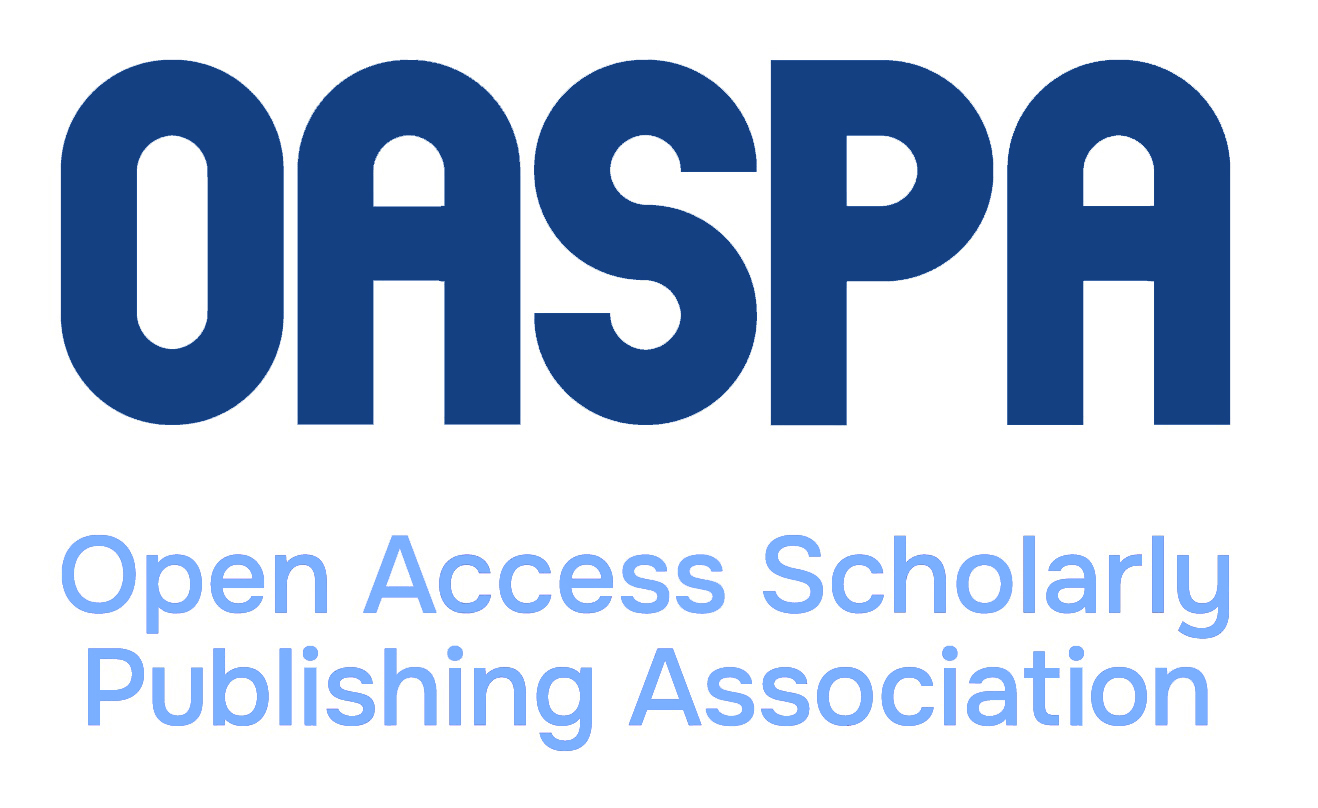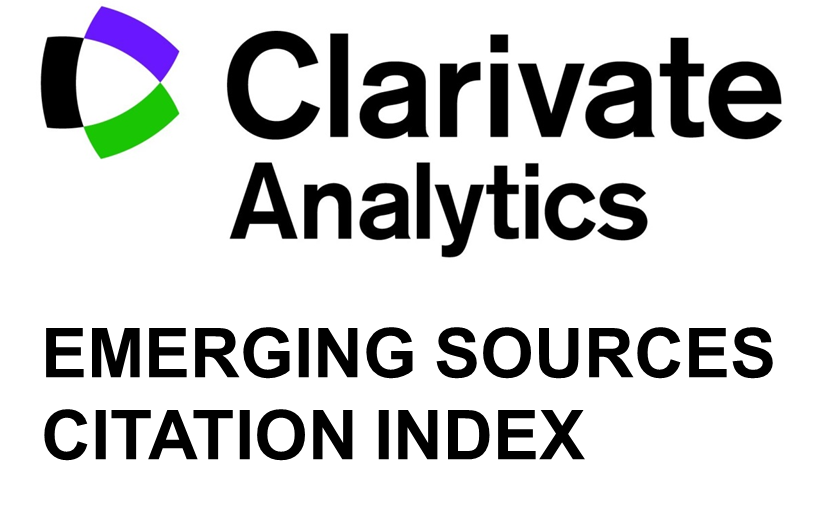UDK 635.655:664.8.039.4
DOI: 10.15507/0236-2910.028.201802.266-286
Improving Soybean Processing Using Ultrasound
Felix Ya. Rudik
Professor, Chair of Food Technology, Vavilov Saratov State Agrarian University (1 Teatralnaya Sq., Saratov 410012, Russia), D.Sc. (Engineering), ResearherID: E-8546-2018, ORCID: https://orcid.org/0000-0001-8444-0115, This email address is being protected from spambots. You need JavaScript enabled to view it.
Boris P. Zagorodskih
Professor, Chair of Technical Service and Technology of Structural Materials, Vavilov Saratov State Agrarian University (1 Teatralnaya Sq., Saratov 410012, Russia), D.Sc. (Engineering), ResearherID: E-8582-2018, ORCID: https://orcid.org/0000-0003-3480-0631, This email address is being protected from spambots. You need JavaScript enabled to view it.
Natalia L. Morgunova
Associated Professor, Chair of Food Technology, Vavilov Saratov State Agrarian University (1 Teatralnaya Sq., Saratov 410012, Russia), Ph.D. (Agriculture), ResearherID: H-1435-2018, ORCID: https://orcid.org/0000-0003-1671-0528, This email address is being protected from spambots. You need JavaScript enabled to view it.
Yury A. Kodatsky
Technologist, PitkoFF (14 50 let Oktyabrya St., Norilsk 663300, Russia), Ph.D. (Agriculture), ResearherID: H-1456-2018, ORCID: https://orcid.org/0000-0002-5165-5723, This email address is being protected from spambots. You need JavaScript enabled to view it.
Introduction. Soy protein has properties similar to the protein of animal origin. The main disadvantage of soy is the content of a significant number of specific protein-inhibitors, forming stable complexes with proteolytic enzymes of animal origin. Inhibitors reduce the efficiency of protein absorption, causing growth suppression and pancreatic hypertrophy. There is a need to reduce the activity of digestive inhibitors and neutralize urease by various methods based on hydrothermal treatment. However, currently used technologies have low indicators of soy bean processing efficiency. The product of processing is of poor quality and high cost. The aim of the study was to improve the quality of soy protein by intensifying the process of extracting soluble inhibitors of proteases by ultrasound.
Materials and Methods. Caseinolytic method of M. L. Kakeyd (in modification of I. I. Benken) was used to determine the inhibitory effect on the digestive tract enzymes. The method is based on a comparison of the proteolytic activity of enzyme solutions in the presence of inhibitor and without it. The viscosity of the water-soybean suspension was detected on Brabender rotational viscomer. Optimal regime parameters of ultrasonic treatment, the degree of soybean grinding and the concentration of hydrogen peroxide in soybean processing were proposed based on the results of the study.
Results. As a result of theoretical studies, factors influencing the efficiency of soybean treatment in an intense ultrasonic field were formulated: degree of grinding; concentration and amount of oxidizing solution; viscosity of water-soybean suspension; dynamics of extraction and design features of the unit for ultrasonic treatment of soybean grain. Experimental studies allowed to determine the design parameters of the plant for ultrasonic treatment of soybean grain and rational technological regimes ensuring effective neutralization of substances of anti-nutritional orientation: speed of mixer is 10–20 min–1; frequency of ultrasonic radiation is 18–20 kHz; capacity of installation is 120 kg/h; degree of neutralization of urease enzyme during oxidation is 92 %; degree of extraction of watersoluble inhibitor is 86 %.
Conclusions. A production check of soybean processing technology in an intense field of ultrasonic waves was developed and carried out. This technology provides neutralization of harmful compounds by 80–90 % with an average increase in protein efficiency by 33 %. The payback period for investment in the introduction of technology and equipment is 1.17 years.
Keywords: soybean, soybean processin, protein, urease, inhibitor, ultrasound, ultrasonic installation
For citation: Rudik F. Ya., Zagorodskih B. P., Morgunova N. L., Kodatsky Yu. A. Improving Soybean Processing Using Ultrasound. Vestnik Mordovskogo universiteta = Mordovia University Bulletin. 2018; 28(2):266–286. DOI: https://doi.org/10.15507/0236-2910.028.201802.266-286
Authors’ contribution: F. Ya. Rudik – scientific management, formation of the basic concept and the research task, development of the program, writing the draft and drawing the conclusions; B. P. Zagorodskih – development of methods and analysis of research results, revising and editing the text; N. L. Morgunova – literary and patent analysis, processing the theoretical and experimental research, word processing; Yu. A. Kodatsky – carrying out theoretical and experimental studies.
All authors have read and approved the final version of the paper.
СПИСОК ИСПОЛЬЗОВАННЫХ ИСТОЧНИКОВ
1. Filippov M. Quality analysis of soya processing products. Zhivotnovodstvo Rossii = Livestock of Russia. 2015; 9:60–61. (In Russ.)
2. Svetashova L. A., Klimkina Ye. V. Current state of soybean production and evaluation of efficiency of technologies for its cultivation. Vestnik Voronezhskogo gosudarstvennogo agrarnogo universiteta = Voronezh State Agrarian University Bulletin. 2015; 46(3):190–196. (In Russ.)
3. Olkhovatov Ye. A., Shcherbakova Ye. V. [Development of recipes for bean pastes “Humus” with application of soybean seeds of modern varieties of domestic selection]. In: Proceedings of Russian Scientific Research Institute of Sheep and Goat Industry. 2015; 1(8):241–244. (In Russ.)
4. Dotsenko S. M., Guzhel Y. A., Agafonov I. V., Kovalyova L. A., Volkov S. P. The justification technology and equipment to make soy components for food systems of various applications. Vestnik Krasnoyarskogo gosudarstvennogo agrarnogo universiteta = Krasnoyarsk State Agrarian University Bulletin. 2016; 112(1):84–91. (In Russ.)
5. Rudik F. Ya., Morgunova N. L., Kodatsky Yu. A. Regularities of mass-transfer in the course of soy processing. Agrarnyy nauchnyy zhurnal = Agrarian Scientific Journal. 2016; 5:70–73. (In Russ.)
6. Frolov V. Yu., Sysoev D. P., Klasner G. G. Simulation process of soaked soybeans crushing. Tekhnika i oborudovaniye dlya sela = Machinery and Equipment for Countryside. 2015; 212(2):20–23. (In Russ.)
7. Gaponova L. V., Polezhaeva T. A., Volotovskaya N. V., Kuzmin A. L. [Modern technologies of soybean processing in Russia]. Khraneniye i pererabotka selkhozsyrya = Storage and Processing of Agricultural Raw Materials. 2005; 2:30–31. (In Russ.)
8. Voytenko O. D. [Evaluation of the efficiency of soybean heat treatment technologies for the production of feed additives]. Resursosberegayushchiye tekhnologii i tekhnicheskiye sredstva v zhivotnovodstve = Resource Saving Technologies and Technical Means in Animal Husbandry. 2005; 5:211–224 (In Russ.)
9. Zverev S. V., Kozin Ye. V. Inactivation of unhealthy substances in soy beans while IR-heating treatment. Khraneniye i pererabotka selkhozsyrya = Storage and Processing of Agricultural Raw Materials. 2008; 4:30–31. (In Russ.)
10. Bermúdez-Aguirre D., Mobbs T., Barbosa-Cánovas G. V. Ultrasound applications in food processing. In: Feng H., Barbosa-Canovas G., Weiss J. Ultrasound technologies for food and bioprocessing. Food Engineering Series. New York: Springer; 2011.
11. Awada T. S., Moharram H. A., Shaltout O. E., Askerd D., Youssef M. M. Applications of ultrasound in analysis, processing and quality control of food : A review. Food Research International. 2012; 48(2):410–427.
12. Botvinnikova V. V., Krasulya O. N. Formulation of consumer properties of fermented milk products on the basis of ultrasound exposure. Vestnik Yuzhno-Uralskogo gosudarstvennogo universiteta. Ser.: Pishchevyye i biotekhnologii = South Ural State University Bulletin. Series: Food and Biotechnology. 2015; 3(4):30–40. (In Russ.)
13. Gorbunova N. A. Alternative technologies – ultrasound in meat industry (on the materials of foreign literature). Vse o myase = All about Meat. 2016; 2:37–41. (In Russ.)
14. Jayasooriya S. D., Bhandari B. R., Torley P., D'Arcy B. R. Effect of high power ultrasound waves on properties of meat : A review. International Journal of Food Properties. 2004; 2:301–319.
15. Krasnyj V. V., Klosovskij A. V., Panasko T. A., Shvets O. M., Semenova O. T., Taran V. S., et al. Plasma sterilizer with ultrasonic cavitation. Problems of Atomic Science and Technology. 2007; 1:188–190.
16. Alzamora S. M., Guerrero S. N., Schenk M., Raffellini S., López-Malo A. Inactivation of microorganisms. In: Feng H., Barbosa-Canovas G., Weiss J. Ultrasound Technologies for Food and Bioprocessing. Food Engineering Series. New York: Springer; 2011.
17. Chen Z. Microbial inactivation in foods by ultrasound. J Food Microbiol Saf Hyg. 2017; 2(1):E102.
18. Rudik F. Ya., Kodatsky Yu. A. [The choice of rational parameters for processing soybean grain with hydrogen peroxide]. Khraneniye i pererabotka selkhozsyrya = Storage and Processing of Agricultural Raw Materials. 2011; 11:17–19. (In Russ.)
19. Rudik F. Ya., Morgunova N. L., Kodatskiy Yu. A. Intensifying the water processing of soya grain with ultrasound. Nauchnoye obozreniye = Scientific Review. 2013; 1:66–69. (In Russ.)
20. Rudik F. Ya., Kodatskiy Yu. A. [Increasing the feed value of soybean grain by deep wet processing]. Khraneniye i pererabotka selkhozsyrya = Storage and Processing of Agricultural Raw Materials. 2012; 1:41–42. (In Russ.)

This work is licensed under a Creative Commons Attribution 4.0 License.

















